How to train your body to race in the heat and humidity
In order to acclimatize to the heat and humidity before a race, it is important to expose yourself to those conditions under some kind of training stress.
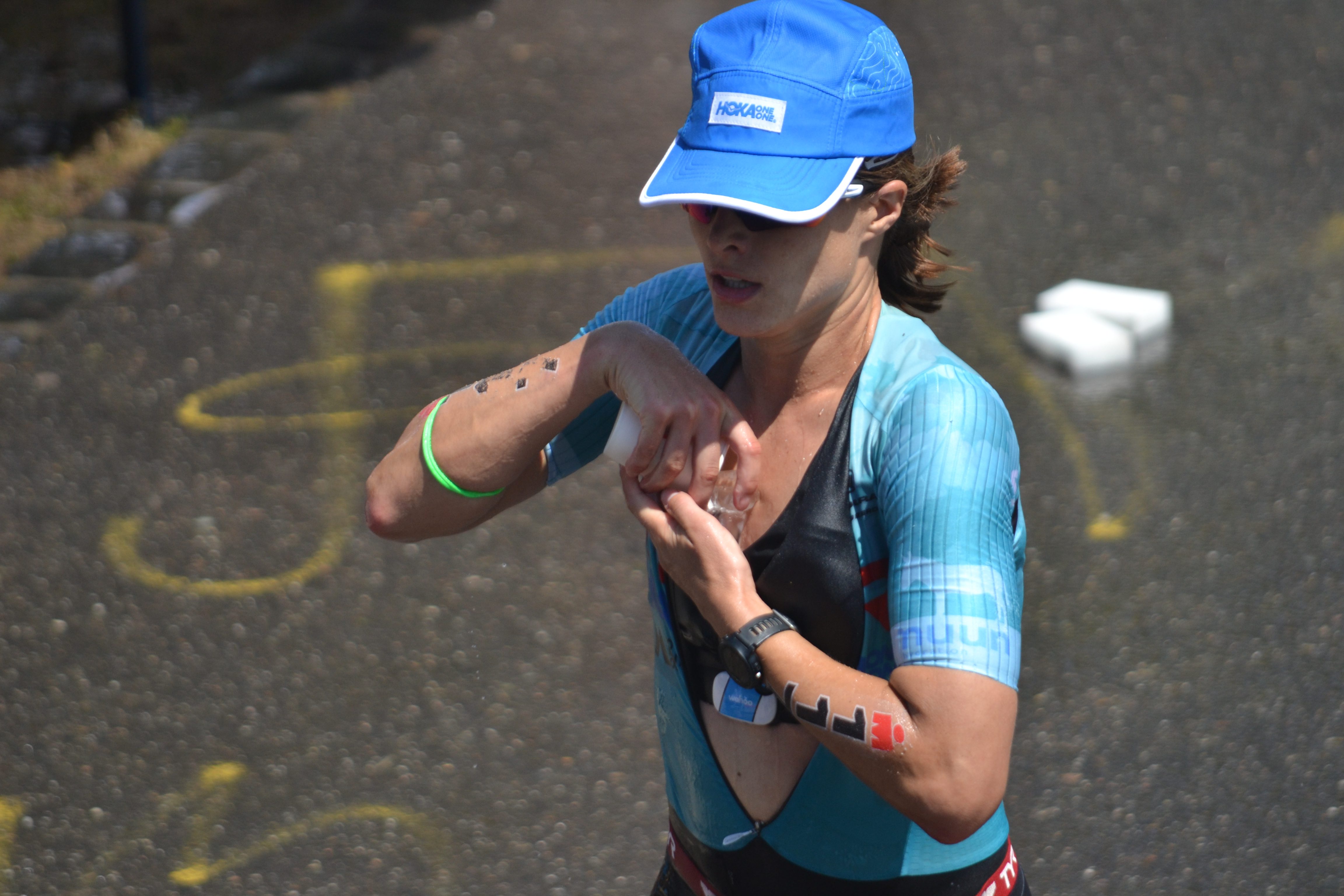
Competing in the heat and humidity is inevitable in the summer. Some athletes may love competing in the heat, while others may struggle. Regardless, there are ways to help your body handle the conditions on race day, and it all starts with preparation.
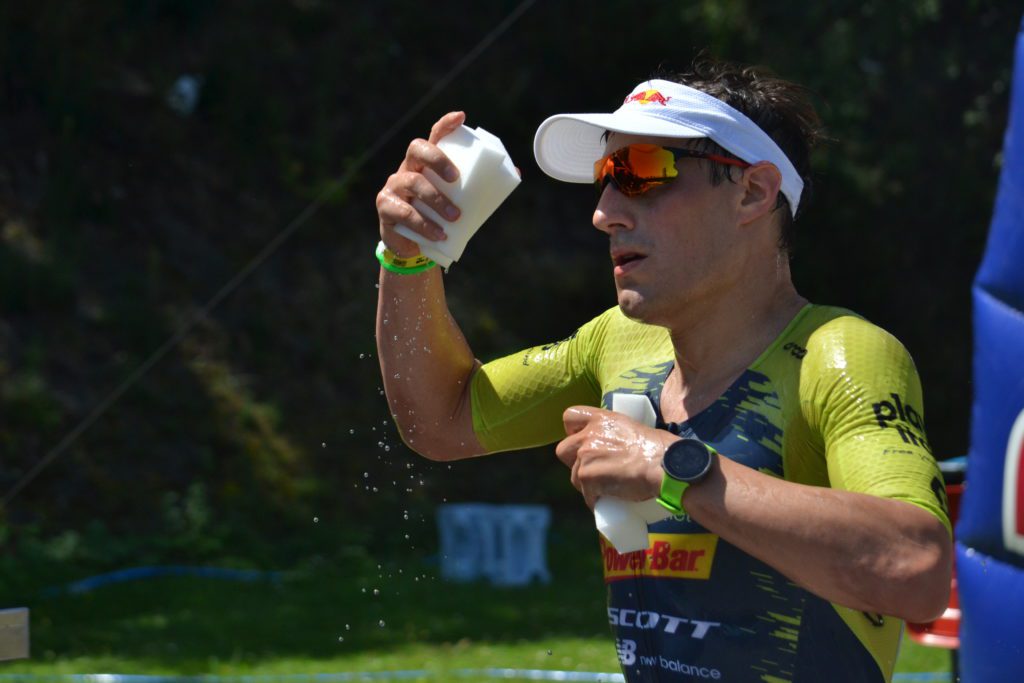
Related: Five tips to stay burn free this summer
On the day of the race, it’s important to protect yourself from the sun. Racing without protection can often leave you feeling fatigued and sluggish, especially if you’re coming from a cooler climate. To reduce the effect of the sun and increase your protection:
- Put on sunscreen.
- Use a tri suit with sleeves vs a sleeveless trisuit.
- Put white arm cuffs on to protect against the sun. Put white cuffs to protect you from the sun.
- Wear sunglasses.
- Put on a cap/visor for the run.
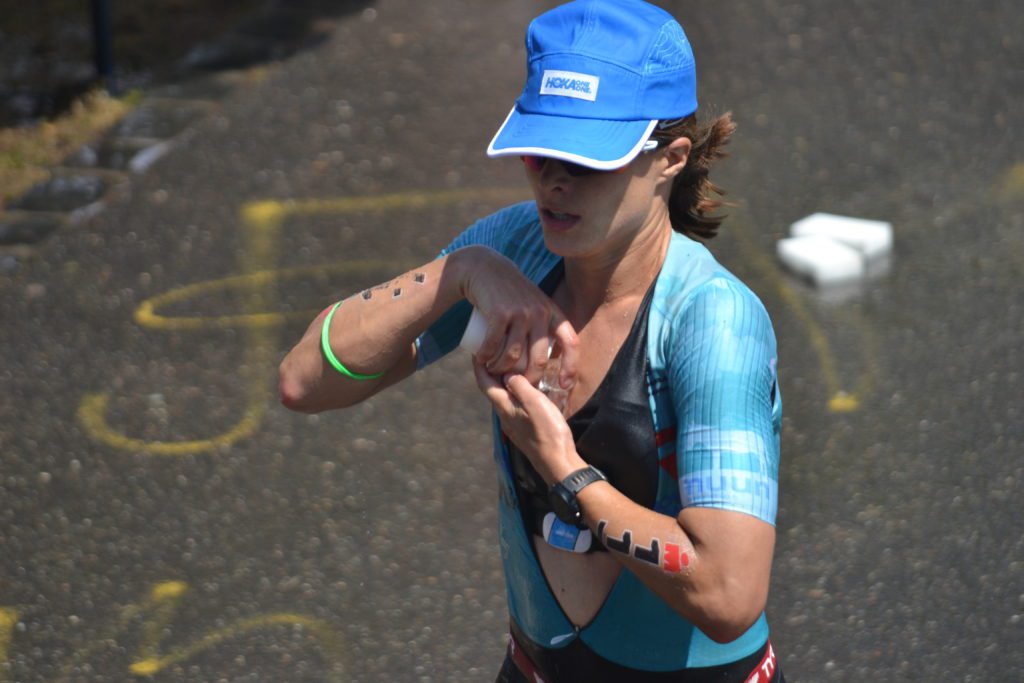
Related: Six tips to help protect your eyes from the sun
To reduce the effect of heat and humidity:
- Pour water on your back/head on the bike.
- Take ice and water in the aid stations – place ice in a hat and around your torso.
- Stay hydrated with water and an electrolyte mix during the triathlon.
- Before race day, experiment with different helmets. Some time trial bike helmets have no ventilation and are very hot. In some cases, it is worth having more ventilation then aerodynamics.
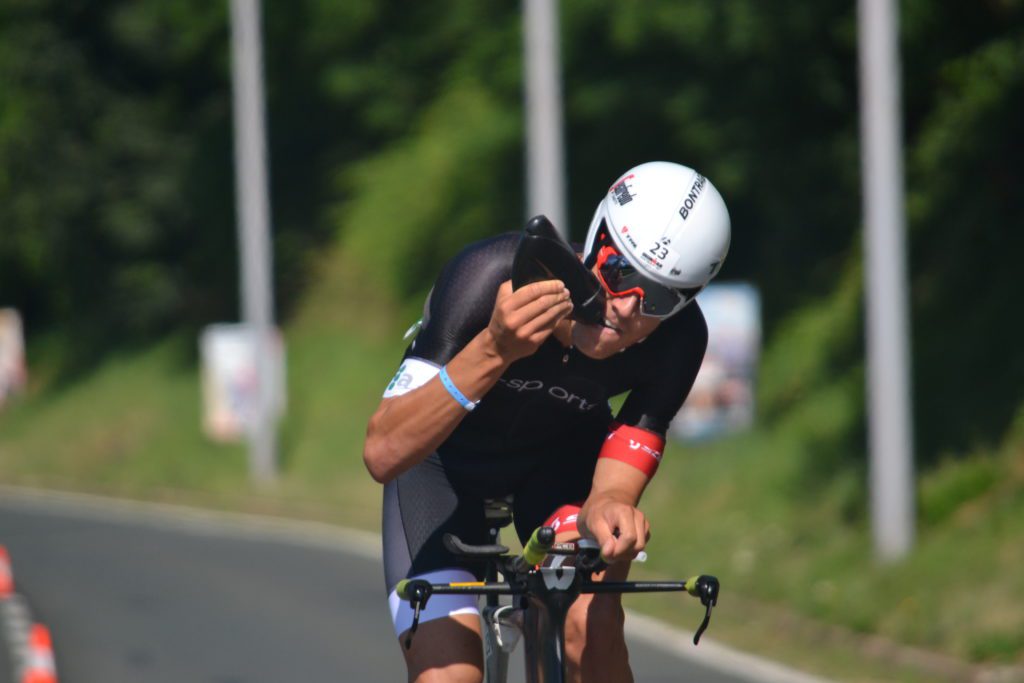
In order to acclimatize to the heat and humidity before a race, it is important to expose yourself to those conditions. While it is possible to acclimatize yourself by sitting in a sauna, the combination of physical exertion and heat is more effective than just the heat to acclimate your body.
Related: New study says habitual heat exposure is a key to performance
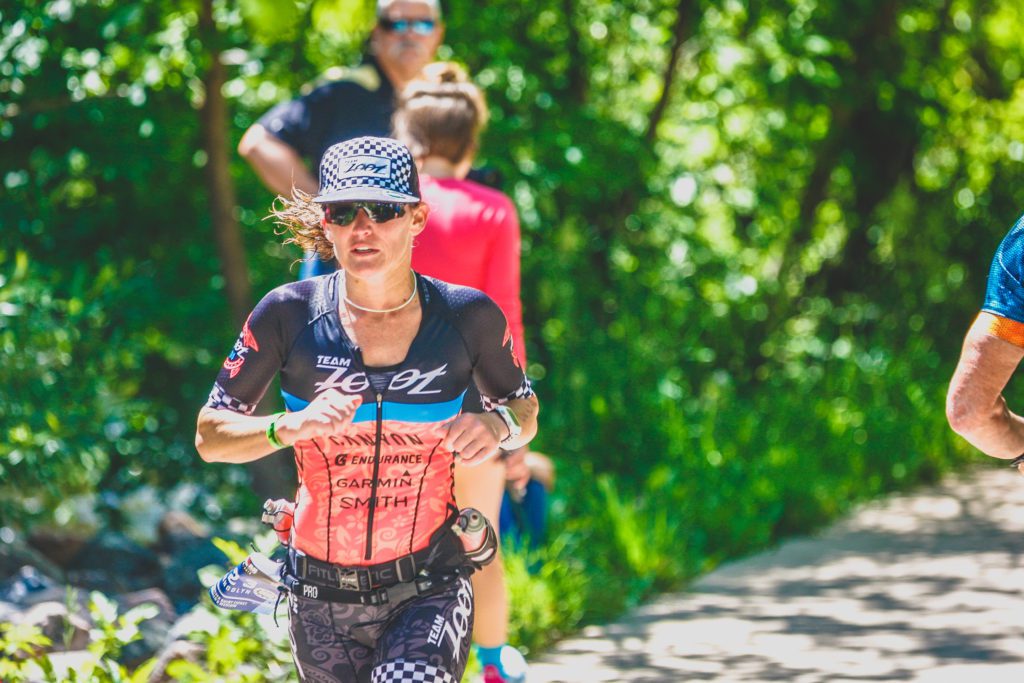
According to a literature review from the Gatorade Sports Science Institute, a daily session of about 90 minutes under these conditions for a period of one to two weeks would be enough to get well acclimatized. The important thing is to go gradually, and start with a light effort for a short period of time. In the first sessions, your heart rate will be higher than normal, but it quickly adapts to the heat stress in the first five days of acclimation. The benefits of the acclimation sessions are present for a period of about a week. After three weeks without acclimation, the benefits associated with acclimation to heat are reduced by 75 per cent.
When well acclimated, you will notice a decrease in heart rate in warm conditions, lower body temperature and a higher sweating rate. Acclimation also allows the sweat glands to be more resistant to fatigue, so a high sweat rate can be maintained longer.
Here are some important things to consider:
- Weigh ourselves before and after to know how much water is lost
- Stay hydrated before, during and after acclimation sessions
- Start the acclimation protocol gradually
- Measure your heart rate during sessions to determine if your body is getting used to its conditions
